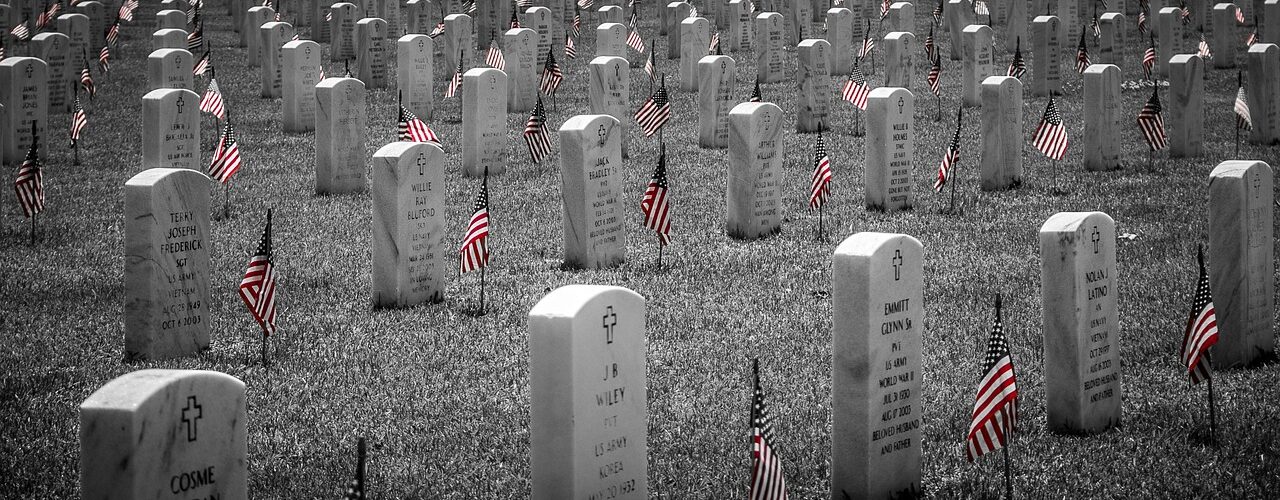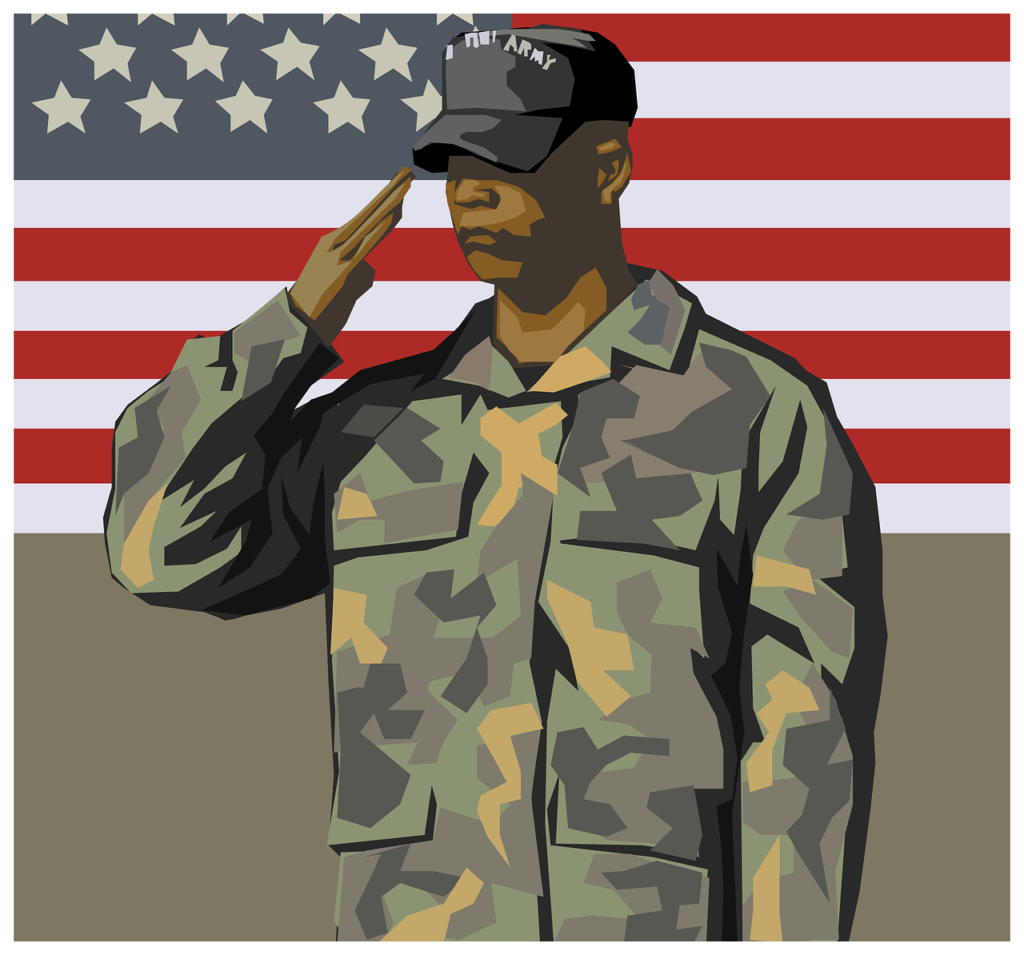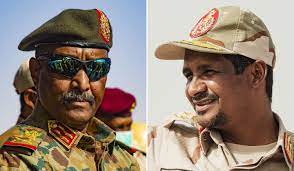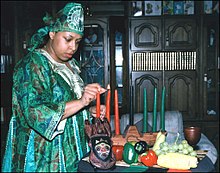Difference Between Veterans & Memorial Day and Where it Celebrates?


Both Veterans Day and Memorial Day are federal holidays dedicated to honoring the U.S. military, yet they bear distinct meanings. Memorial Day, originating post-Civil War, pays tribute to those who lost their lives in or due to combat participation. Conversely, Veterans Day emerged after World War I and is dedicated to honoring all servicemen and women, with a particular focus on those who are still among us, sharing their invaluable experiences.
Memorial Day History
Originally known as “Decoration Day,” Memorial Day emerged as a time to adorn the graves of approximately 620,000 individuals lost in the Civil War.
The exact origins of this commemorative practice remain uncertain, with roughly 25 communities linked to its inception, as per the U.S. Department of Veterans Affairs. Reports indicate an event in October 1864 in Boalsburg, Pennsylvania, might be among the earliest instances. In 1868, the leader of the Grand Army of the Republic, a Union veterans’ organization, designated May 30 as Decoration Day, urging Americans to decorate the graves of fallen soldiers with flowers.
In 1873, New York became the first state to declare Decoration Day a legal holiday, followed by all other former Union states by 1890. Post-World War I, the holiday’s focus expanded from honoring Civil War battlefield casualties to encompassing all individuals who perished while serving the United States. Over time, it transitioned into being widely recognized as Memorial Day.
President Lyndon B. Johnson’s 1968 signing of the Uniform Holiday Bill consolidated various federal holidays into extended three-day weekends, aiming to boost travel and commerce. Consequently, Memorial Day has been observed on the final Monday of May since 1971, unofficially signaling the start of the summer season.
Traditions of Memorial Day
During Memorial Day, when schools and businesses close in observance, numerous communities host parades honoring service members as part of their annual celebrations. Some individuals choose to wear poppies as a symbol commemorating lives lost in service.
A national tribute occurs at Arlington National Cemetery, echoing the earliest Memorial Day traditions: gravestones adorned with American flags, alongside a wreath placed at the Tomb of the Unknown Soldier. As outlined by the U.S. Department of Veterans Affairs, flags are to be flown at half-staff from sunrise until noon, then raised to full staff until sunset.
In 2000, President Bill Clinton endorsed the National Moment of Remembrance Act, encouraging Americans to pause their Memorial Day activities at 3 p.m. local time, dedicating a moment of reflection to those who made the ultimate sacrifice in service to the country.
Veterans Day History
While World War I officially concluded with the Treaty of Versailles signed on June 28, 1919, it was the moment of ceasefire between the Allied forces and Germany at 11 a.m. on November 11, 1918, that became emblematic of the Great War’s end.
President Woodrow Wilson proclaimed the inaugural “Armistice Day” on November 11, 1919, marking the occasion with parades and the temporary closure of businesses at 11 a.m. By then, six states’ governors had already recognized this day as a legal holiday.
Congress officially acknowledged the annual observance on November 11 in 1926, and in 1938, Armistice Day became an official U.S. holiday, symbolizing a commitment to global peace.
However, as World War II’s impact on over 16 million Americans became evident, sentiments shifted. The focus moved from celebrating peace to honoring the sacrifices of those who participated in the war. According to the U.S. Department of Veterans Affairs, the inaugural “National Veterans Day” event occurred in Birmingham, Alabama, in 1947.
In 1968, the Uniform Holiday Bill transferred Veterans Day from November 11 to the fourth Monday in October. This change faced resistance from traditionalists who believed the date held deep significance. After congressional discussions, President Gerald Ford reinstated the holiday’s original date of November 11, starting from 1978.
Traditions of Veterans Day
Similar to Memorial Day, Veterans Day is commemorated with parades and various events to express gratitude for the service and sacrifices of military personnel. However, being later in the year, its placement on the calendar often limits the extent of outdoor activities.
The official ceremony at Arlington National Cemetery shares resemblances with the Memorial Day observance. Beginning precisely at 11 a.m., the ceremony involves laying a wreath at the Tomb of the Unknowns, followed by proceedings inside the Memorial Amphitheater. This indoor segment typically features guest speakers and the presentation of colors.








